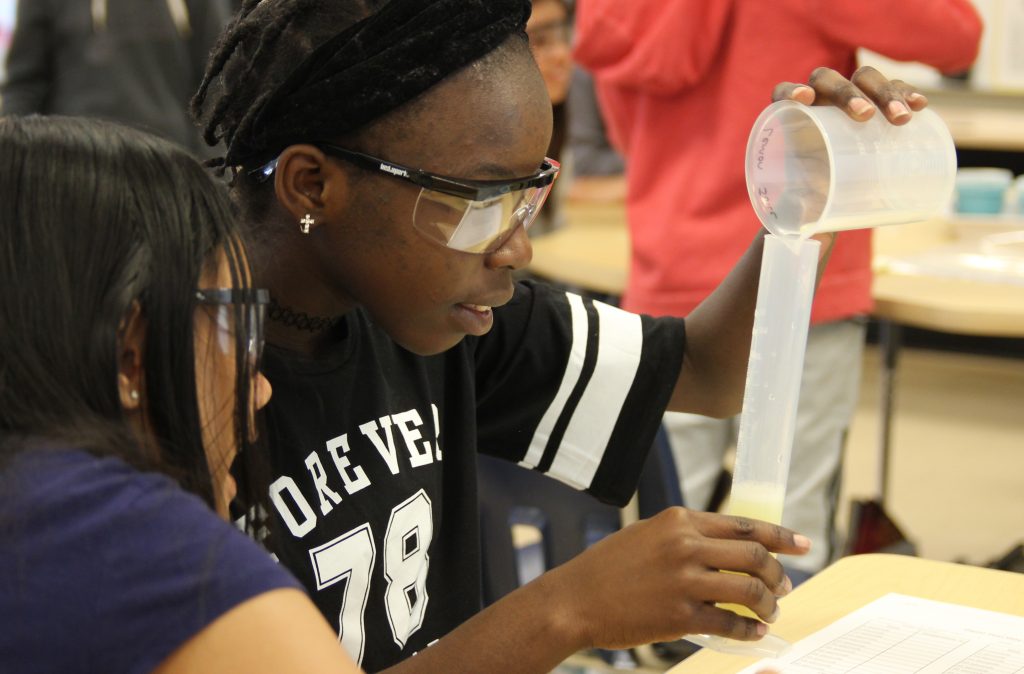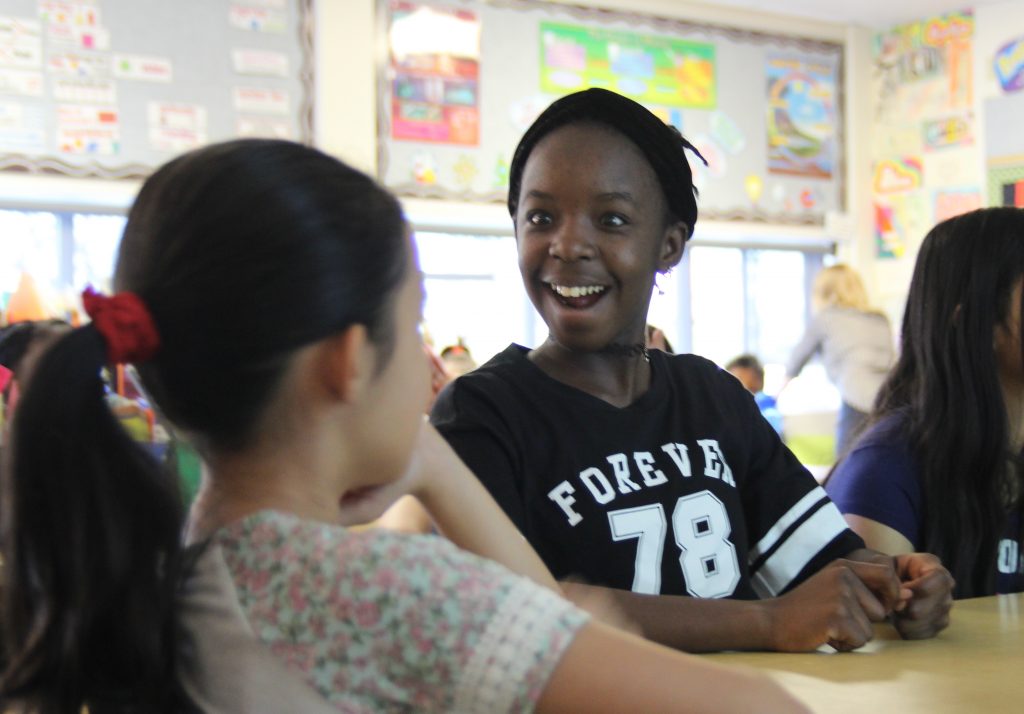
Written by: Brooke Forbes, Saskatchewan Program Coordinator
February 11, 2020 is the International Day of Women and Girls in Science. While the historical role of women in science professions is anything but a fairy tale, this day was created by a real-life princess, Princess Dr. Nisreen El-Hashemite. Dr. El-Hasemete is a part of the Iraqi royal family and is a prominent doctor, scientist, and humanitarian. She is the Executive Director of the international non-profit Royal Academy of Science International Trust, who in 2015 successfully lobbied the United Nations designation of February 11 as International Day of Women and Girls in Science.

There have always been women working in science and technology fields, though they have often had to work harder and for less recognition than their male counterparts. Take for example the thousands of female code breakers serving America during WWII, without whom the war certainly would have dragged on longer. Or scientists such as Rosalind Franklin (the structure of DNA), Cecilia Payne (star composition), Lise Meitner (nuclear fission), or Esther Lederberg (microbiology), to name a few, whose work was largely co-opted by and credited to male counterparts.
One female scientist I have always admired is Rachel Carson. An accomplished marine biologist, Carson deserves credit for advancing the global environmental movement for her environmental science book, Silent Spring. Silent Spring, published in 1963, challenged the notion that humans had a right to control nature at any cost and helped to speed up the banning of DDT, a widely used chemical pesticide, which was pivotal to the recovery of bald eagle populations.
While women are no longer barred from doctorates and are gaining more recognition for the work they often do, there are still numerous challenges. Dedicating a day to women and girls in science is important and beneficial; to give fair recognition to female scientists, past and present, who have and are shaping the way we understand our world, and for the future of science and technology.
A future that will be disadvantaged by a lack of female representation and as a result would have less inclusive perspectives. Computational biologist Marcela Uliano da Silva said it well, “People are afraid of change, yet change is the thing that makes mankind move forward in extraordinary ways. Science has already shown us that each individual, regardless of origin or gender, has the potential to be as creative as anyone else.” When diversity is lost, a certain amount of intellectual content and creativity is lost too.
As the fourth industrial revolution kicks into gear, Canada is on the brink of a major shortage in skilled STEM (Science, Technology, Engineering and Mathematics) workers, of which only 25% of the field is female. Jobs of the future will be driven by technology and innovation, some studies suggest that 65% of children entering primary school today will occupy jobs that do not exist yet, and if the current under representation of women in STEM careers continues, the gender gap will widen rather than close.
So, why do we currently lack female representation in these fields?
The issue is not that girls aren’t interested in science, engineering, math and technology, but that the environment they grow up in fails to foster these interests. Girls are most negatively affected by socialization into gender roles and are often the first ones to lose out when resources are scarce. Especially in poor communities and developing countries, boys’ education is generally prioritized over girls’, and lack of adequate resources such as school sanitation facilities can further hinder girls’ education.
A study published in Science Magazine in 2017 points to early childhood gender stereotypes causing girls as young as six to steer themselves away from activities meant for “really, really smart” children. These misplaced beliefs run deep and persist as girls go on to further education.
Only about 30% of all female students pursuing higher education choose STEM-related fields, and even fewer go on to doctorates or leadership positions. A recent study, published in the journal Psychological Science, found that in two thirds of all countries [contributing data] girls performed similarly to- or better than- boys in science, and in almost all countries more girls were capable of university-level STEM classes than were actually enrolled. Some of this discrepancy could be explained by gender biases and stereotypes that often steer females away from science-related fields. Addressing this issue directly through open dialogue and professional education will be crucial to creating more diverse, inclusive STEM workforces.
Intelligent female scientists are out there, working hard, gaining recognition, and acting as trailblazers and role models for the next generation.
Reyhan Jamalova was a ninth-grade student in Azerbaijan when she developed a prototype for capturing electricity from rainwater, called Rainergy. She plans to create a business based on the device, has attracted interest from investors in India, and landed on Forbes 30 Under 30 Asia list in 2018.
Katie Hunt is a pioneer in the field of paleo-oncology, the study of cancer in ancient populations. Her interest in the discipline began when she was diagnosed with cancer as an undergraduate student and she now works to expand our knowledge of cancer’s past, hoping to learn how to better fight it in the future.
Miranda Wang and Jeanny Yao are the founders of BioCellection, and develop technologies that turn un-recyclable plastic waste into valuable virgin materials, creating a circular economy and helping solve our waste issues.
Thanks to all the female scientists of the past century (and beyond), a foundation has been built, the ladder placed, the ceiling smashed. Today we celebrate those women, and all those yet to come.

Experiential education, such as hands-on science in the classroom, is vital in early childhood education for encouraging and developing a growth mindset, where children believe in the power of effort, of learning and growing smarter as a result of challenge.
Relay Education aims to foster the next generation to be ready for challenges ahead by allowing students to be scientists, mathematicians, researchers, engineers, and designers from an early age, regardless of their gender in every workshop. We are providing engaging, hands-on activities around science and technology at a young age, which reinforces equality and empowers girls to dream just as big as the boys do.
As a female with a science degree, I’m inspired by the number of young gals excited about working with science and technology, taking leadership in group work and solving problems with their designs. Often, I have found that over the course of a single workshop students’ opinions on science will shift, and they will approach me at the end of the day to say how cool the day was, and that: “science IS fun”.

